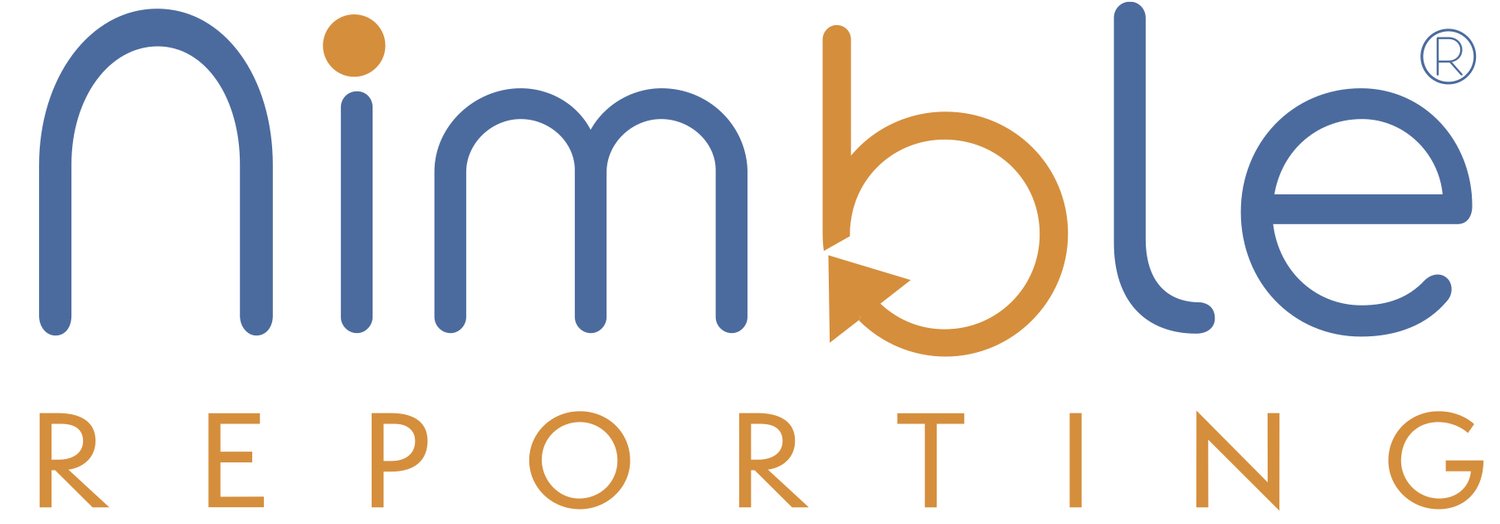End-Of-Year Payroll Tasks Cheatsheet: Wrapping Up 2023
Why wait until the last minute to gather and organize the piles of information you’re going to need for year end payroll tasks? Especially since waiting actually creates more headaches. You know what we’re talking about. To help you move mountains quickly and efficiently, we’ve found this cheatsheet that outlines everything you need to do to alleviate the informational traffic jam that awaits you, should you choose to do it later. You’ll thank us later so we’ll say you’re welcome now.
FROM FORBES / BY MIKE KAPPEL
If your business is anything like mine, year-end is your busiest time of the year. Even if it’s not your busy season, you have a handful of payroll responsibilities to complete before you can wrap up 2023.
The sooner you can cross these must-do payroll tasks off your list, the sooner you can get back to the eggnog and good cheer. After all, who really wants to be thinking about payroll during the holidays?
Get rolling on your responsibilities with the following end-of-year payroll tasks.
1. Verify employee information
Do you have the most up-to-date information for each of your employees? Failing to fix incorrect or outdated information before creating and distributing W-2s will only result in more headaches later.
Verify each employee’s:
Legal name
Social Security number
Current address
Incorrect Social Security numbers are the top cause of W-2 corrections. Use the free verification tool on the Social Security Administration (SSA) website to verify accuracy.
2. Run Your Final Payroll Of The Year
Another year-end responsibility is running your final payroll for 2023. This might seem like business as normal. But for some employers, it’s not.
Here are a few things that could impact your employees’ final paychecks of the year:
Bonuses: Remember to pay out any holiday or year-end bonuses. Consider doing tax gross-up for payroll to give employees specific amounts.
Unused time off: Depending on your company policy, you might need to pay employees for unused time off. If so, determine when to pay it. Employers typically include unused time off in the last payroll of the year.
Bank holidays: There are two bank holidays right around year-end that could throw off when employees receive direct deposit—December 25 and January 1. Run payroll one business day earlier to make sure employees get their paychecks on time.
3. Create W-2s and W-3s
After you run your final payroll, you can create Forms W-2 and W-3. Remember that the deadline to file Form W-2 with the SSA and distribute to employees is January 31. Follow your state’s deadline for the state copy, if applicable.
The W-2 reports wage and tax information for each employee. Before you create your W-2s and W-3s, confirm employee wage information. You’ll also need to include the employee’s SSN, name, and address. Also, include your business name, address, and Employer Identification Number (EIN).
Keep in mind that there is a new electronic filing threshold. You must e-file Forms W-2 with the SSA if your total number of information returns is 10 or more.
4. Determine Who Has Benefit Changes For Next Year
Put together a list of all your employees and their benefits changes for the new year. After you run your final payroll for the year, make the changes (e.g., adjust withholdings).
Here are a few benefit changes you may need to make for the new year:
Add or remove benefits
Update company contribution amounts
Update employee contribution amounts
For example, health, dental, vision, and life insurance plans may have updated premiums for the new year. Or, an employee might decide to switch their health insurance plan altogether. Whatever the case may be, make sure you make changes before running your first payroll of 2024.
5. Look Into Your Tax Rates For The New Year
In most cases, a new year calls for new tax rates. Before you run payroll in 2024, adjust your payroll according to any new tax rates you’re assigned.
You might be subject to a new:
State unemployment tax rate (SUTA tax)
State disability or workers’ comp insurance rates, if applicable
Tax deposit frequency

